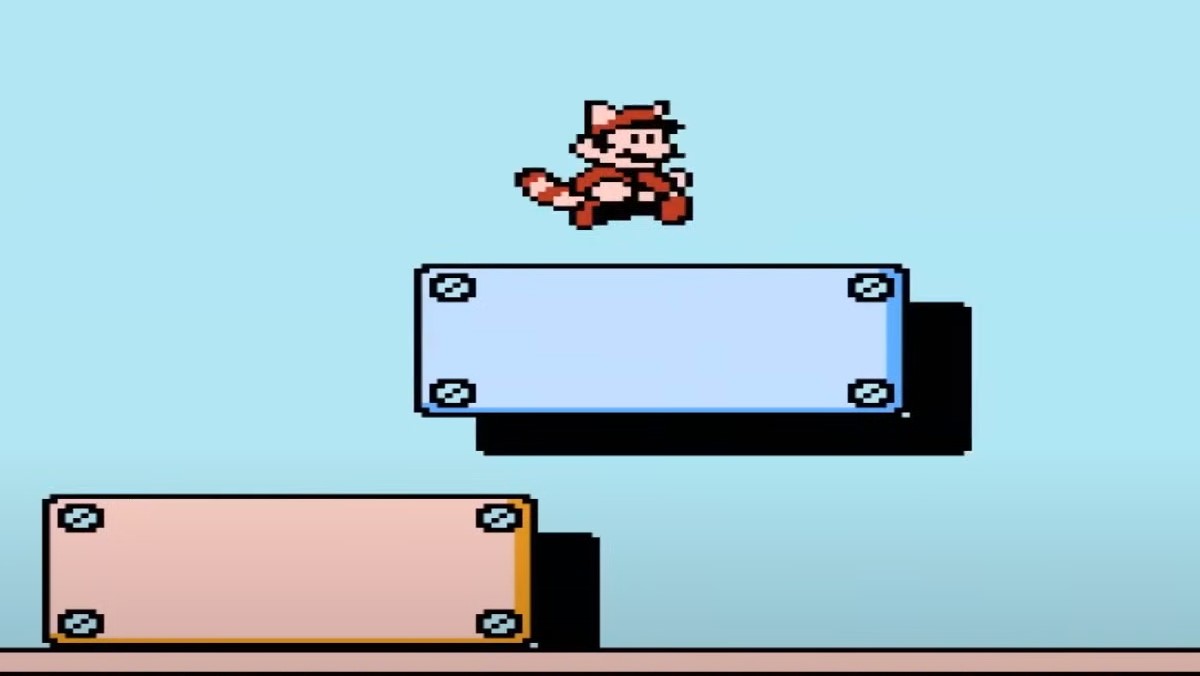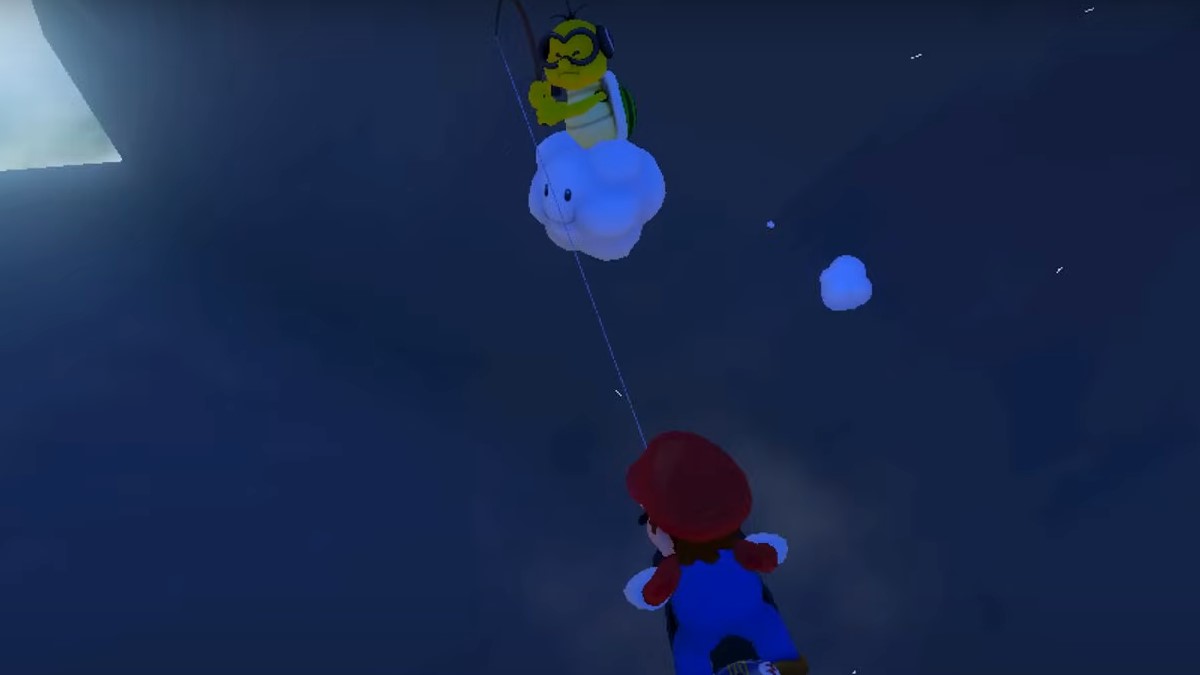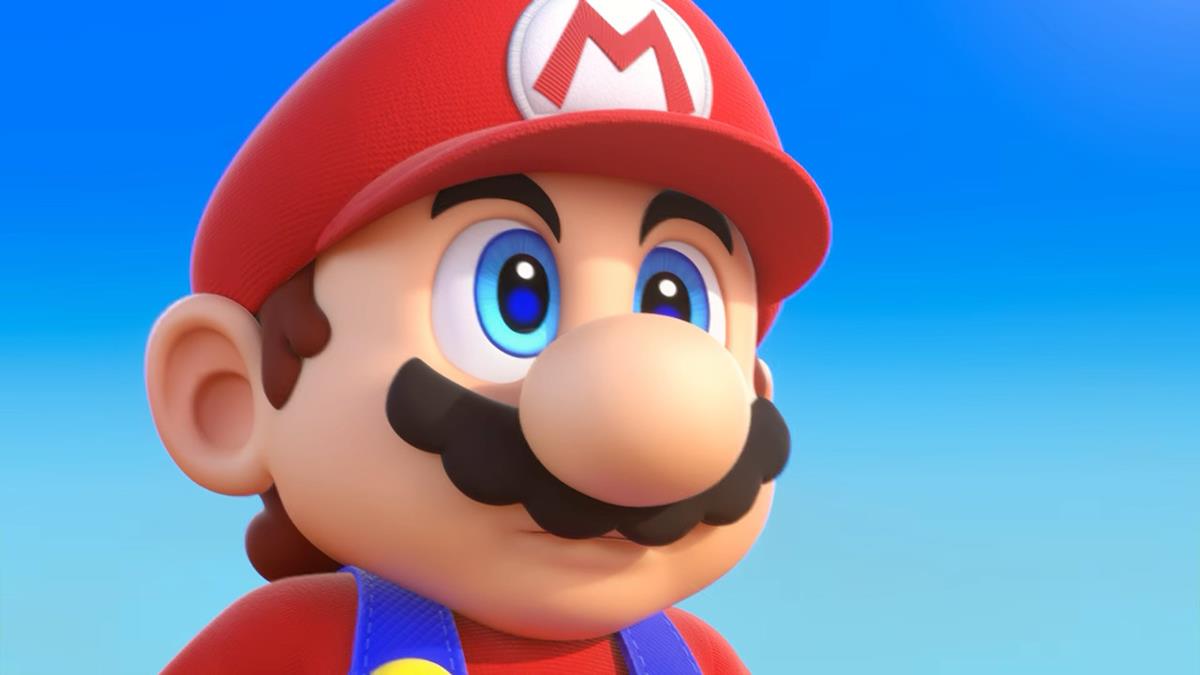One of the most unique and exciting video game theories was how Super Mario Bros. 3 was simply a story told as a stage play rather than a real story. For the longest time, this theory was just that until one day, it was confirmed and kickstarted a whole new theory that still has us talking.
What is the Original Theory That Changed the Super Mario Bros. Canon Forever?

As mentioned above, Super Mario Bros. 3 had a unique presentation in that it would have us play the game with a border of curtains around it. This led many to believe that the game wasn’t another adventure to save the day but rather a story being retold in the form of a play. This was further presented as logical because many of the objects in the background didn’t look real and instead appeared as props, akin to Paper Mario, thanks to a light shadow behind certain blocks.
As it turned out, this actually was the narrative and a clever way to convey a beloved story to us. However, it also planted a new seed that still has us scratching our heads, as more than one theorist has explained. to put it simply, if one Mario game was confirmed to be a performance, could other hit games in the franchise also be a performance? But more than that, could it spread across spinoffs?
How One Mario Theory Changed the Franchise Forever

While the truth of Super Mario Bros. 3 is understood, it presented the idea that it wasn’t the only episode in the proposed “show” that was Super Mario Bros. According to one theory, there’s substantial evidence that proves many other games that were released after Super Mario Bros. 3 add to the idea that everything is a performance. In addition, it even goes into how certain areas and levels are conveyed to us.
It’s no secret that finding continuity with the Mario games is anything but easy, as there’s no throughline for the life and times of the plumber. As a result, each entry could easily be seen as another episode, a series that explores many premises where Mario and co. are the stars. This is even further proven by games like Super Mario 64 and Super Mario Sunshine, which have their levels titled as “episodes.” Plus, to compensate for the changing dimensions, Lakitu became the cameraman in Super Mario 64, which could also mean he’s always been there recording.
On top of this, side games like Mario Kart and Mario Party showcase heroes and villains in the games getting along in friendly competition, begging the question: were they always friends? That said, the biggest point in this theory may point to Super Smash Bros. since it’s also confirmed that these characters are just toys used to compete by the Master Hand. With that in mind, are they all just players in the room of a child, and Mario is one of the more popular ones? It’s enough to twist the mind, but more recent games could help to debunk the theory or add even more evidence to its validity.
Can Current Mario Games Debunk This Theory?
Since the theory got started, games like Super Mario Odyssey and Super Mario Bros. Wonder offer a new look at the character and present ideas that, on the surface, are another notch in the belt of proving this theory right. In reality, that couldn’t be farther from the truth. In the case of Super Mario Odyssey, the addition of Cappy and the ability for Mario to take on whatever the cap lands on change the logic of the franchise forever. Plus, the stakes are higher than ever and serve to offer a wider look at the character, taking us to a city similar to New York City and also worlds we are more familiar with.
Conversely, Super Mario Bros. Wonder enters a world of pure fantasy that is so strange and unique that no budget could match the “performance” the game puts on. Ultimately, while it has the same essence as the games that came before it, the stakes are so high that it’s impossible to assume it’s all for show. Plus, games like Luigi’s Mansion show that even outside of Mario and Bowser’s feud, there are still enemies they must face. In the end, while Mario’s world may seem staged (and one was), they are as real as they can be and will continue to push the envelope.
For more theories and guides, you can check out our Super Mario hub.







Published: Jun 9, 2024 11:00 am